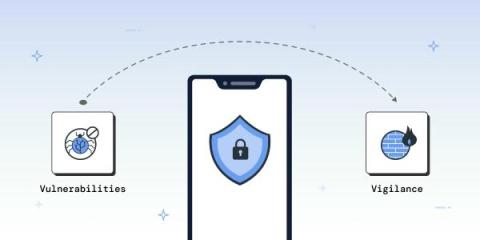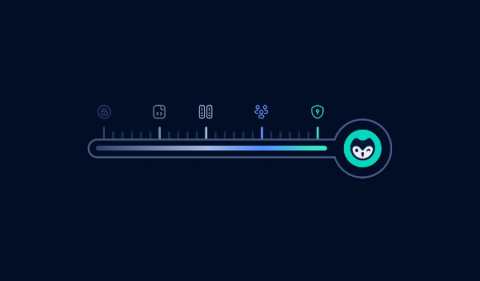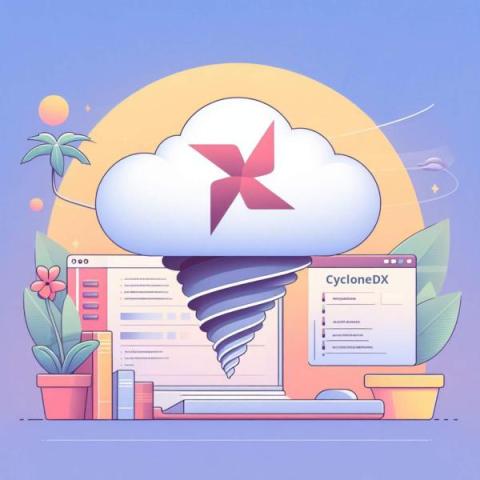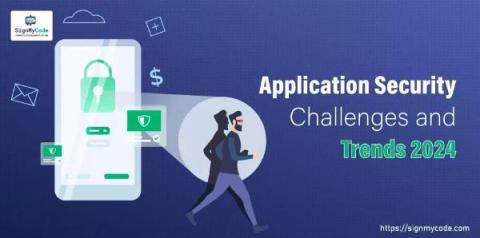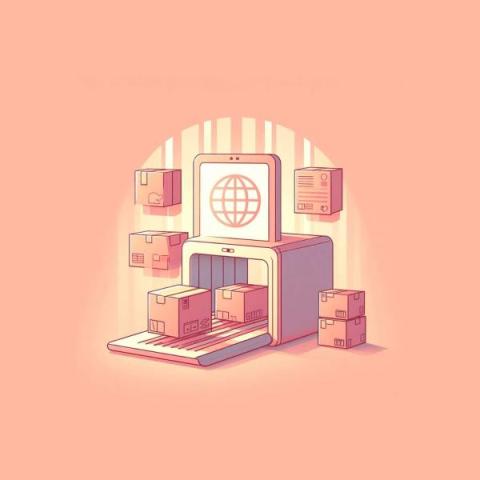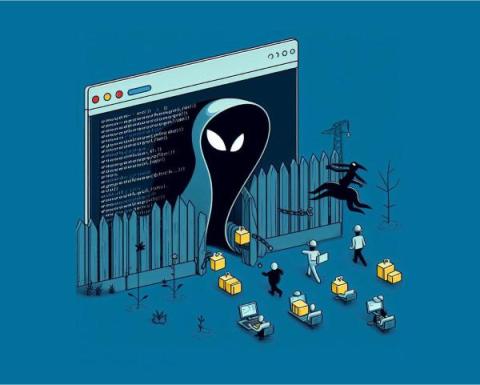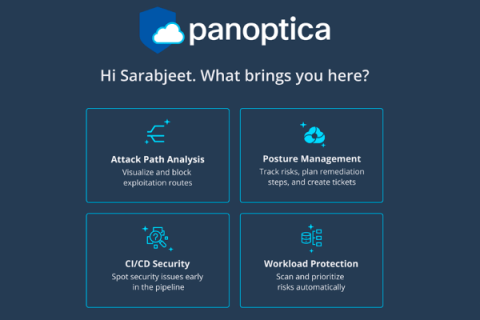Security | Threat Detection | Cyberattacks | DevSecOps | Compliance
Latest News
Good Application Security Posture Management Requires Great Data
Discover how GitGuardian enhances Application Security Posture Management, ASPM, with top-notch code security and secrets detection and remediation coordination.
NIS2: Who is affected?
3 Critical Steps for Application Security Teams in 2024
Software development practices are rapidly changing, and so are the methods adversaries use to target custom applications. The rise of loosely coupled applications, along with an impressive increase in code deployment speed, has resulted in a growing attack surface with more software architecture and imported dependencies. Application security (AppSec) teams are often outnumbered by software developers and struggle to keep up with frequent code changes.
Create SBOM on Gradle with the CycloneDX Plugin
Application Security Challenges and Trends for the Year 2024
Every year, new technologies are released; with them, professionals are discovering new sets of application vulnerabilities. However, some threats and challenges are constant in the list, such as malware and app spoofing. However, all the threats are now more powerful with the advancement of tools. Further, it’s expected that the mobile app security challenges will be more rigid in 2024.
Application Security Posture Management with GitGuardian and ArmorCode
Managing GitGuardian Findings as Part of a Complete Risk-Based Software Security Program with ArmorCode ASPM.
Enhancing Security with eBPF: Use Cases Explored
How Malicious Code Enters Applications
As the backbone of modern business operations, applications are frequently targeted by sophisticated malicious threats. In this blog post, we provide a high-level overview of how malicious code can enter your software applications. We look at different forms of malicious code, their entry points, practical tools and strategies for detection & prevention, focusing on innovative solutions.


